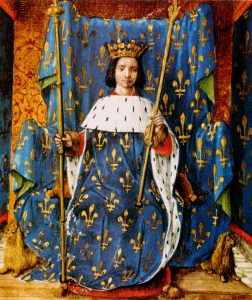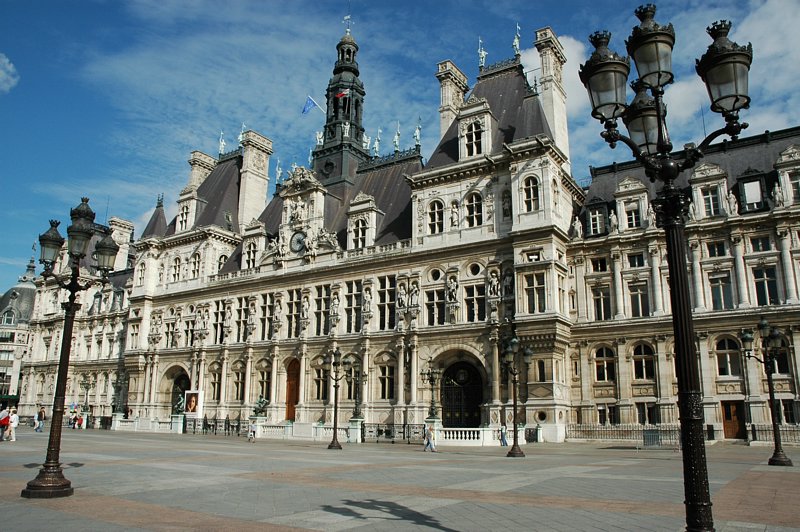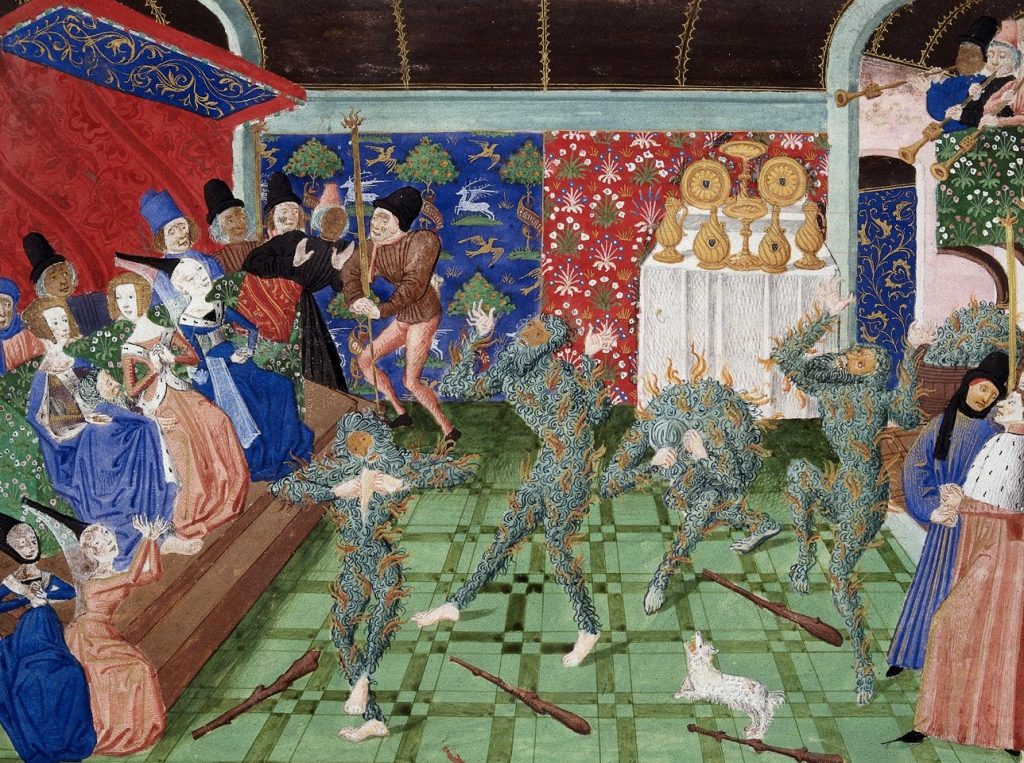Last time, on History’s Nutcases, we covered the most notorious female serial killer of all time: Elizabeth Bathory, the Blood Countess of Ecsed. This week, we’re covering a man called “The Glass King”: King Charles VI of France, or, perhaps most commonly: King Charles the Mad. He lived during what is known as the Hundred Years’ War: a long conflict between France and England. The Ottoman Empire was rising to power, the Rennaisance was blooming in Italy, and the Portuguese Empire was yet to become very relevant in world history as of just yet. So, the stage is set, and now we turn back to our King of Glass.
Early Life

Portrait of Charles VI. PHOTO: biography.com
Charles VI was born in Paris on the 3rd of December, 1368. He was the son of King Charles V, of the House of Valois, and Joan of Bourbon. His older brothers died before he was born, and so Charles was titled Dauphin of France, and heir to the French monarchy. He was only eleven when he inherited the throne. France was in a dire position, engulfed in the religious Hundred Years’ War. It was a mere formality for several years, however. The government was entrusted to his four uncles, and the dukes kept their grip on France until Charles took power for himself at the age of 21, almost seven years when the kingdom should have, by rights, been his. The age of majority in France at the time was fourteen. He married Isabeau of Bavaria on July 17, 1385, when she was 14 and he was 17. They couple had twelve children. Most of them died young.
During his minority, his uncles completely squandered away France’s financial resources for their own profit. They did manage to strengthen the power of the royal administration and re-establish taxes. But, in 1388, Charles took up personal rule. He restored the power to his father’s highly competent advisers, called the Marmousets. For a time, Charles VI was widely called Charles the Beloved, for the new period of esteem he’d ushered in for the French crown. But, just a few years after he gained personal rule of France, everything would start to go terribly wrong for the young king.
Onset of Psychosis
In 1392, Oliver de Clisson, Charles’ friend and adviser was the victim of attempted murder. Clisson survived, but his attacker had taken refuge in Brittany. The Duke of Brittany didn’t want to hand him over for justice, so Charles VI decided he would take justice into his own hands. Contemporaries said that the young king appeared to be in a “fever” to start the campaign. His speech was frantic and disconnected. He set his army for Brittany on July 1 of 1392, but it was so slow it drove him into an impatient frenzy.
It was a hot August morning, one month later, when he and his escort were traveling through a forest with the army. A leper rushed up to the king’s horse and grabbed his bridle. “Ride no further, noble King! Turn back! You are betrayed!” The King’s escorts made him go away, but didn’t see fit to arrest him. For half an hour, the leper followed behind him, repeating his warning over and over. It was a cruel, ironic foreshadowing of the events to come later in the day.
It was around noon, the hottest part of the day, when a page became drowsy with the heat. He dropped the King’s lance. It hit a steel helmet another page was carrying and the sound rang out through the forest like a thunderclap. According to reports, Charles shuddered, drew his sword, and shouted: “Forward against the traitors! They wish to deliver me to the enemy!” He spurred his horse on and began attacking his escorts, fighting until a group of his own soldiers managed to wrestle him to the ground. From there, the king fell into a coma. He’d killed several men.

Charles VI’s home. Hotel de Ville, Paris. PHOTO: wikimedia
Charles suffered from psychosis for the rest of his life. In 1393, he couldn’t remember his own name and didn’t know he was the king of France. His wife came to visit him, but he simply asked his attendants to see what she needed and send her away. Later, from 1395-1396, he thought he was Saint George. He recognized all of his officers and officials, but not his family. Throughout his life he would have bouts of madness that caused him to race around his Parisian residence, so his family was forced to wall up the entrances. He refused to bathe or change his clothes for five months.
But, perhaps his most famous delusion was written about by Pope Pius II, who said that the King, for some reason, believed he was made of glass. He went through great lengths to try and protect himself from breaking, including having iron rods sewn into his clothes so that he wouldn’t shatter if he came into contact with another person.
During his psychosis, his wife resided over the regency counsel. But, as France began to lose the Hundred Years’ War, more and more members of said council were either killed by the English, or they defected. In an attempt to have some peace, Charles’ daughter was married to Richard II of England, but that only led to more chaos and anarchy throughout France.
Eventually, the French lost the war, and the Treaty of Troyes was signed for the incapable Mad King. It disinherited his son, the Dauphin Charles, claiming he was illegitimate, and betrothed another of Charles’ daughters, Catherine, to Henry V.
Death
Charles VI died in 1422, and he was buried with his wife in Saint Denis Basilica. His death ushered in a power struggle between his grandson, Henry VI of England, and his son, Charles VII. Eventually, Charles VII would win, and become the next king of France.
It’s hard to pin down the exact reasons for the Mad King’s psychosis. Many trace it back to his mother, Joan of Bourbon, because apparently psychosis ran in that side of the family. He had, in total, 44 separate, recorded attacks of madness, and were interspersed with three-to-five month periods of sanity for the remainder of his life. Most historians and modern doctors diagnose pin down his psychosis as schizophrenia, and his idea that he was made of glass has been deemed the “glass delusion”.


